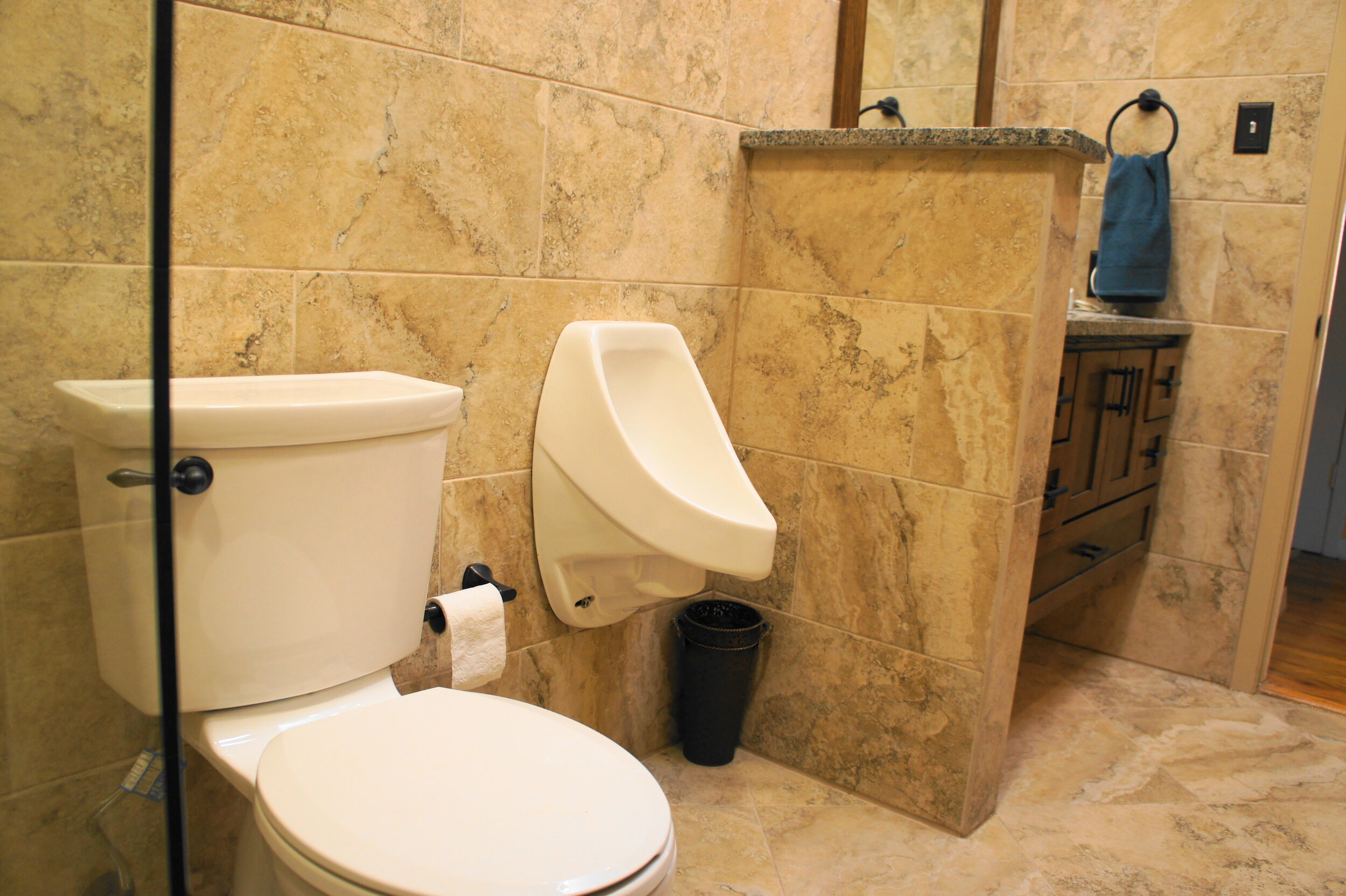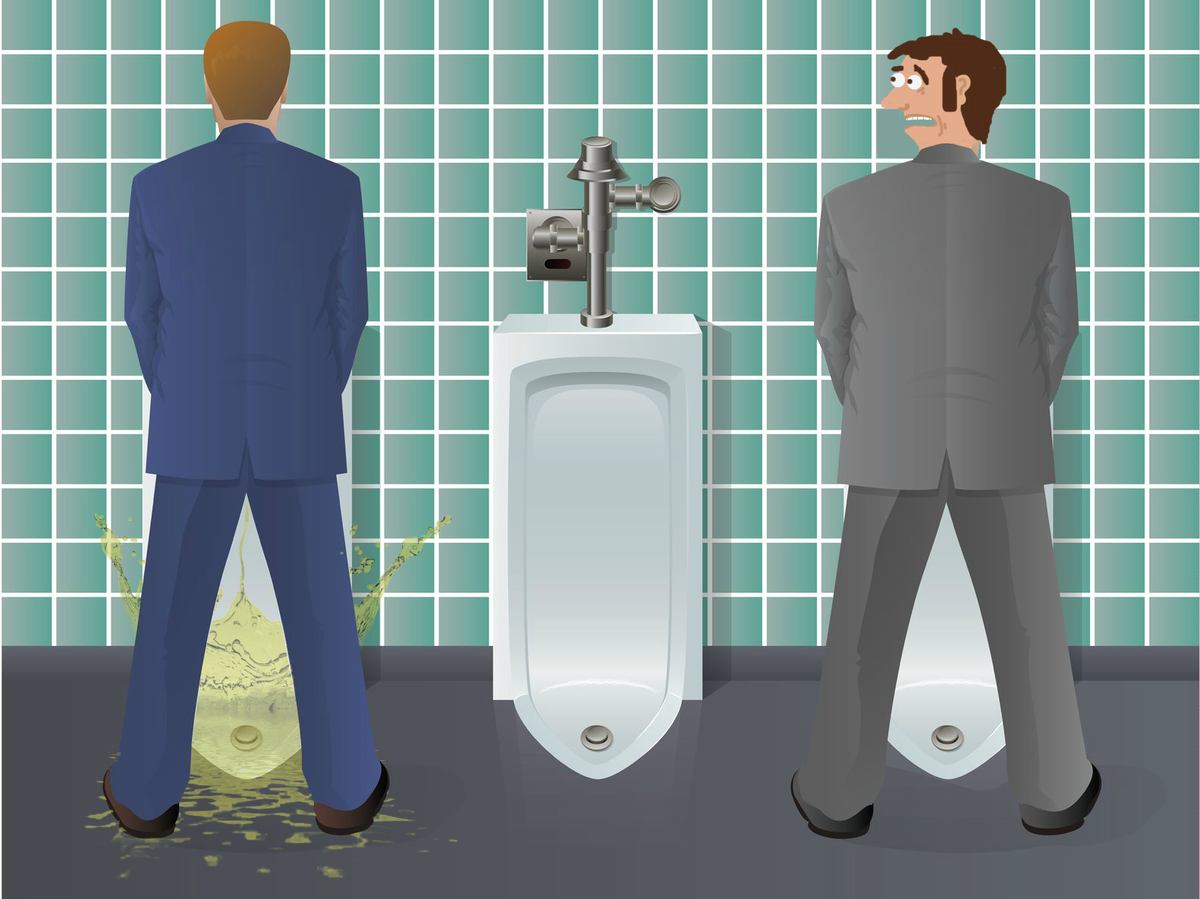Building owners and managers have certainly had their hands full the past few months. For instance, in the rare situation a building must shut down, it is usually a temporary situation. In a few days at most, the facility is open, and things are back to normal.
But, as we have heard repeatedly, COVID-19 has created a new normal. Instead of being closed just a few days, buildings across the U.S. have been closed for several months.
Further, now that they are re-opening, building owners that once felt comfortable working or learning in these facilities now are genuinely concerned. Not only are their worries about masks and social distancing, there are also concerns about water.
And rightfully so. When buildings remain dormant, this typically means no water is being used anywhere in the facility. But just as cars are made to be driven regularly, pipes and drains in a building are made to carry water consistently. When that stops, a host of problems can materialize.
One of the most concerning is Legionella. This is the bacteria that causes Legionnaire's disease. We typically think it is related to bacteria development in air conditioning systems. That is true. But along with being dispersed through air conditioning systems, these droplets can also be released in showers and faucets, when they are first used after several weeks or months of inactivity.
The Centers for Disease Control and Prevention (CDC) adds that other water-related hazards may greet building users as they return. These include the following:
· Development of non-tuberculous mycobacteria in water. Often this is transferred to people from contaminated water entering an open cut on the skin. It results in lung disease, causing people to cough frequently, passing the disease to other building users.
· Changes in water chemistry. Stagnant water can get corroded with metals, lead, and copper.
· The release of sewer gasses. These enter the facility because the "J" pipes underneath drains have evaporated. Sewer gasses contain many types of pathogens and bacteria that can harm human health if inhaled.
To address these issues, the CDC says that managers should do the following:
· Before re-opening, maintenance staff, wearing PPE gear, should check water heaters, air conditioning and cooling systems, along with water fountains, and all water-using mechanicals to see if they are operating properly.
· Begin flushing water through these systems and mechanicals. This will get the stagnant water flowing with the goal of removing it from the facility and down drainpipes.
· All toilets should be flushed to remove stagnant water and ensure they are operating correctly. The same goes for water-using urinals.
· If waterless urinals are installed, BlueSeal should be poured into the urinal trap cylinder. This is a preventive measure. BlueSeal has minimal evaporation and is designed to last for months. But it helps ensure the trap/cylinder is working correctly.
· Finally, we need to ensure drainpipes are not releasing sewer odors. While maintenance personnel can pour about a half-gallon of water down all drains, this may be a temporary "fix." A more permanent fix would be to pour a few ounces of EverPrime down drains. This fills in the J trap, blocking sewer gasses and also lasts for months.
This last point - that it lasts for months - may need to be heeded. As this is being written, states in many parts of the U.S. are considering postponing their re-openings. This is due to a rise in COVID cases. Because EverPrime lasts so long, sewer odor problems should not be an issue even if the facility must be closed again until conditions improve.
For more information click here.



























